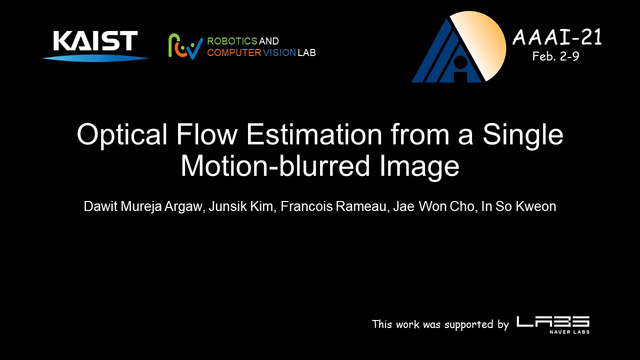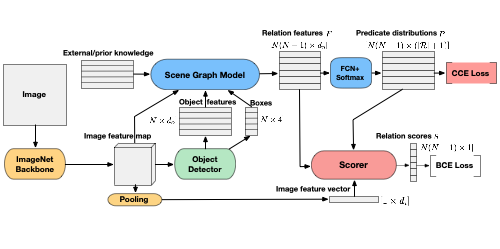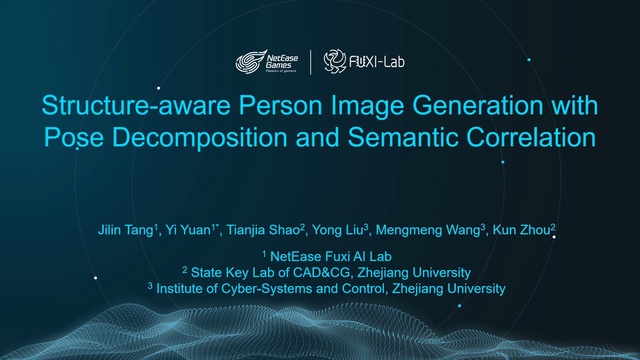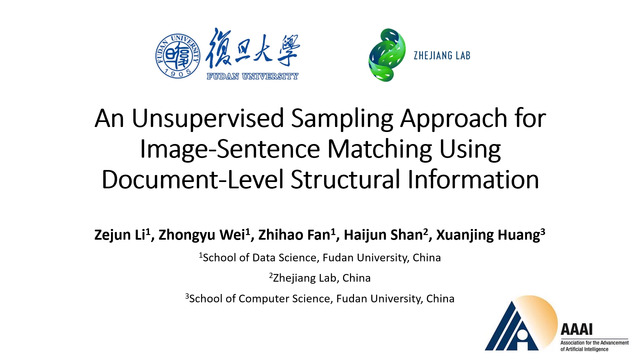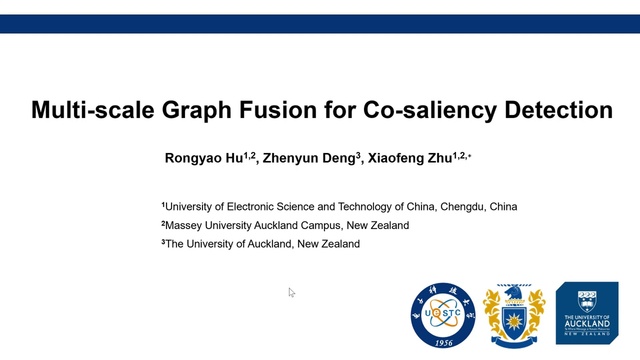Abstract:
We propose a new method for anomaly detection of human actions. Our method works directly on human pose graphs that can be computed from an input video sequence. This makes the analysis independent of nuisance parameters such as viewpoint or illumination. We map these graphs to a latent space and cluster them. Each action is then represented by its soft-assignment to each of the clusters. This gives a kind of bag of words representation to the data, where every action is represented by its similarity to a group of base action-words. Then, we use a Dirichlet process based mixture, that is useful for handling proportional data such as our soft-assignment vectors, to determine if an action is normal or not. We evaluate our method on two types of data sets. The first is a fine-grained anomaly detection data set (e.g. ShanghaiTech) where we wish to detect unusual variations of some action. The second is a coarse-grained anomaly detection data set (e.g., a Kinetics-based data set) where few actions are considered normal, and every other action should be considered abnormal. Extensive experiments on the benchmarks show that our method1performs considerably better than other state of the art methods.





